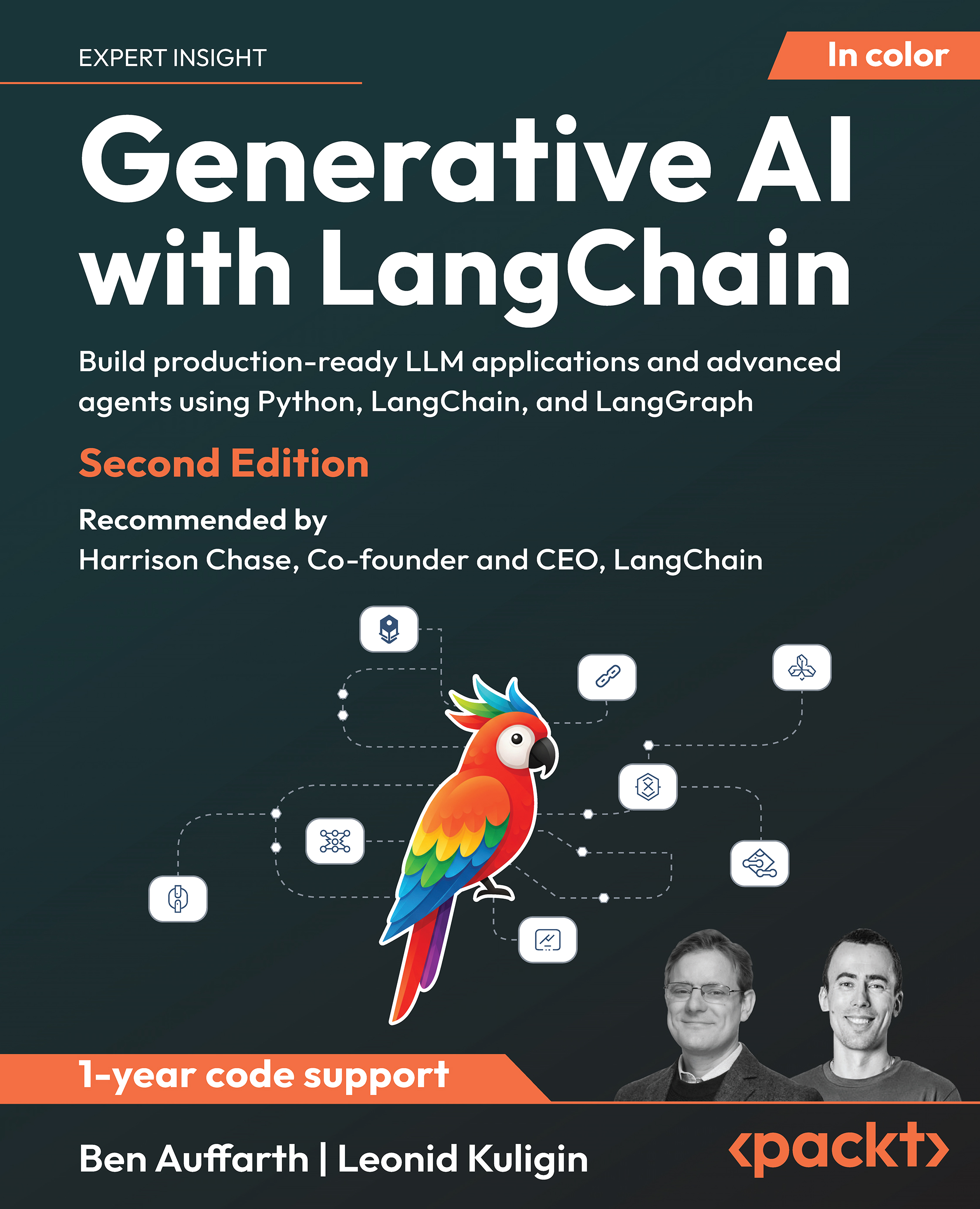One of the most debated topics of the current mobile industry is the battle of the two giant app development platforms, Xamarin and React Native. Central to the buzzing hype of this battle and the increasing popularity of these two platforms are the communities of app developers built around them.
Both of these open-source app development platforms are preferred by the app development community to create highly efficient applications while saving time and efforts of the app developers. Both React and Xamarin are supported by some merits and demerits, which makes selecting the best between the two a bit difficult.
When it comes to selecting the appropriate mobile application platform, it boils down to the nature, needs and overall objectives of the business and company. It also comes down to the features and characteristics of that technology, which either make it the best fit for one project or the worst approach for another. With that being said, let’s start with our comparing the two to find out the major differences, explore the key considerations and determine the winner of this unending platform battle.
An overview of Xamarin
An open-source cross-platform used for mobile application development, Xamarin can be used to build applications for Android, iOS and wearable devices. Offered as a high-tech enterprise app development tool within Microsoft Visual Studio IDE, Xamarin has now become one of the top mobile app development platforms used by various businesses and enterprises.
Apart from being a free app development platform, it facilitates the development of mobile applications while using a single programming language, namely C#, for both the Android and iOS versions.
Key features
Since the day of its introduction, Xamarin has been using C#. C# is a popular programming language in the Microsoft community, and with great features like metaprogramming, functional programming and portability, C# is widely-preferred by many web developers. Xamarin makes it easy for C# developers to shift from web development platform to cross mobile app development platform.
Features like portable class libraries, code sharing features, testing clouds and insights, and compatibility with Mac IDE and Visual Studio IDE makes Xamarin a great development tool with no additional costs.
Development environment
Xamarin provides app developers with a comprehensive app development toolkit and software package. The package includes highly compatible IDEs (for both Mac and VS), distribution and analytics tools such as Hockeyapp and testing tools such as Xamarin Test Cloud. With Xamarin, developers no longer have to invest their time and money in incorporating third-party tools. It uses Mono execution environment for both the platforms, i.e. Android and iOS.
Framework
C# has matured from its infancy, and the Xamarin framework now provides strong-safety typing which ensures prevention of unexpected code behavior. Since C# supports .NET framework, the language can be used with numerous .NET features like ASynC, LINQ, and Lambdas.
Compilation
Xamarin.iOS and Xamarin.Android are the two major products offered by this platform. In case of iOS code compilation, the platform follows Ahead-of-Time compilation whereas in Android Just-in-Time compilation approach is followed. However, the compilation process is fully automated and is equipped with features to tackle and resolve issues like memory allocation and garbage collection.
App working principles
Xamarin has an MVVM architecture coupled with a two-way data binding which provides great support for collaborative work among different departments. If your development approach doesn’t follow a strict performance-oriented approach, then go for Xamarin as it provides high process flexibility.
How exactly does it work?
Not only does C# form the basis of this platform, but it also provides developers with access to React Native APIs. This feature of Xamarin enables it to create universal backend code that can be used with any UI based on React Native SDK.
An overview of React Native
With Facebook being the creator of this platform, React Native is one of the widely-used programming platforms. From enabling mobile developers to build highly efficient apps to ensure great quality and increased sustainability, the demand for React Native apps is sure to increase over time.
Key features
React Native apps for the Android platform uses Java while the iOS version of the same app uses C#. The platforms provide numerous built-in tools, libraries, and frameworks. Its standout feature of hot reloading enables developers to make amendments to the code without spending much time on code compilation process.
Development environment
The React Native app development platform requires developers to follow a wide array of actions and processes to build a UI. The platform supports easy and faster iterations while enabling execution of a different code even when the application is running. Since React Native doesn’t provide support for 64-bit, it does impact the run time and speed of codes in iOS.
Architecture
React Native app development platform supports modular architecture. This means that developers can categorize the code into different functional and independent blocks of codes. This characteristic of the React Native platform, therefore, provides process flexibility, ease of upgrade and application updates.
Compilation
The Reactive Native app development platform follows and supports Just-in-Time compilation for Android applications. Whereas, in case of iOS application Just-in-Time compilation is not available as it might slow down the code execution procedure.
App working principles
This platform follows a one-way data binding approach which helps in boosting the overall performance of the application. However, through manual implementation, two-way data binding approach can be implemented which is useful for introducing code coherence and in reducing complex errors.
Unlock access to the largest independent learning library in Tech for FREE!
Get unlimited access to 7500+ expert-authored eBooks and video courses covering every tech area you can think of.
Renews at $19.99/month. Cancel anytime
How does it actually work?
React Native enables developers to build applications using React and JavaScript. The working of a React Native application can be described as thread-based interaction. One thread handles the UI and user gestures while the other is React Native specific and deals with the application’s business logic. It also determines the structure and functionality of the overall user interface. The interaction could be asynchronous, batched or serializable.
Learning curves of Xamarin and React Native
To master Xamarin one has to be skilled in .NET. Xamarin provides you with easy and complete access to SDK platform capabilities because of Xamarin.iOS and Xamarin.Android libraries. Xamarin provides a complete package which reduces the need of integrating third-party tools and libraries-- so to become a professional in Xamarin app development all you need is skills and expertise in C#, .NET and some basic working knowledge of React Native classes.
While on the other hand, mastering React Native requires thorough knowledge and expertise of JavaScript. Since the platform doesn’t offer well-integrated libraries and tools, knowledge and expertise of third-party sources and tools are of core importance.
Key differences between Xamarin and React Native
While Trello, Slack, and GitHub use Xamarin, other successful companies like Facebook, Walmart, and Instagram have React Native-based mobile applications. While React, Native application offers better performance, not every company can afford to develop an app for each platform. Cross platforms like Xamarin are the best alternative to React Native apps as they offer higher development flexibility.
Where Xamarin offers multiple platform support, cost-effectiveness and time-saving, React Native allows faster development and increased efficiency. Since Xamarin provides complete hardware support, the issues of hardware compatibility are reduced. React Native, on the other hand, provides you with ready-made components which reduce the need for writing the entire code from scratch.
In React Native, with integration and after investment in third-party libraries and plugins, the need for WebView functions is eliminated which in turn reduces the memory requirements. Xamarin, on the other hand, provides you with a comprehensive toolkit with zero investments on additional plugins and third-party sources. However, this cross-platform offers restricted access to open-source technologies.
A good quality React Native application requires more than a few weeks to develop which increases not only the development time but also the app complexity. If time-consumption is one of the drawbacks of the React Native app, then additional optimization for supporting larger application counts as a limitation for Xamarin.
While frequent update contributes in shrinkage of the customer base of the React Native app, then stability complaints and app crashes are some common issues with Xamarin applications.
When to go for Xamarin?
Case #1: The foremost advantage of Xamarin is that all you need is command over C# and .NET.
Case #2: One of the most exciting trends currently in the mobile development industry is the Internet of Things. Considering the rapid increase in need and demand of IoT, if you are developing a product that involves multiple hardware capacities and user devices then make developing with Xamarin your number one priority. Xamarin is fully compatible with numerous IoT devices which eliminates the need for a third-party source for functionality implementation.
Case #3: If you are budget-constricted and time-bound then Xamarin is the solution to all your app development worries. Since the backend code for both Android and iOS is similar, it reduces the development time and efforts and is budget friendly.
Case #4: The revolutionary and integral test cloud is probably the best part about Xamarin. Even though Test Cloud might take up a fraction of your budget, this expense is worth investing in. The test cloud not only recreates the activity of actual users but it also ensures that your application works well on various devices and is accessible to maximum users.
When to go for React Native?
Case #1: When it comes to game app development, Xamarin is not a wise choice. Since it supports C# framework and AOT compilation, getting speedy results and rendering is difficult with Xamarin. A Gaming application is updated dynamically, highly interactive and has high-performance graphics; the drawback of zero compatibility with heavy graphics makes Xamarin a poor choice in game app development. For these very reasons, many developers go for React Native when it comes to developing high-performing gaming applications.
Case #2: The size of the application is an indirect indicator of the success of application among targeted users. Since many smartphone users have their own photos and video stuffed in their phone’s memory, there is barely any memory and storage left for an additional application. Xamarin-based apps are relatively heavier and occupy more space than their React Native counterparts.
Wondering which framework to choose?
Xamarin and React Native are the two major players of the mobile app development industry. So, it’s entirely up to you whether you want to proceed with React Native or Xamarin. However, your decision should be based on the type of application, requirements and development cost. If you want a faster development process go for the Xamarin and if you are developing a game, e-commerce or social site go for React Native.
Author Bio

Khalid Durrani is an Inbound Marketing Expert and a content strategist. He likes to cover the topics related to design, latest tech, startups, IOT, Artificial intelligence, Big Data, AR/VR, UI/UX and much more. Currently, he is the global marketing manager of LogoVerge, an AI-based design agency.
The Ionic team announces the release of Ionic React Beta
React Native 0.59 RC0 is now out with React Hooks, and more
Changes made to React Native Community’s GitHub organization in 2018 for driving better collaboration
 United States
United States
 Great Britain
Great Britain
 India
India
 Germany
Germany
 France
France
 Canada
Canada
 Russia
Russia
 Spain
Spain
 Brazil
Brazil
 Australia
Australia
 Singapore
Singapore
 Canary Islands
Canary Islands
 Hungary
Hungary
 Ukraine
Ukraine
 Luxembourg
Luxembourg
 Estonia
Estonia
 Lithuania
Lithuania
 South Korea
South Korea
 Turkey
Turkey
 Switzerland
Switzerland
 Colombia
Colombia
 Taiwan
Taiwan
 Chile
Chile
 Norway
Norway
 Ecuador
Ecuador
 Indonesia
Indonesia
 New Zealand
New Zealand
 Cyprus
Cyprus
 Denmark
Denmark
 Finland
Finland
 Poland
Poland
 Malta
Malta
 Czechia
Czechia
 Austria
Austria
 Sweden
Sweden
 Italy
Italy
 Egypt
Egypt
 Belgium
Belgium
 Portugal
Portugal
 Slovenia
Slovenia
 Ireland
Ireland
 Romania
Romania
 Greece
Greece
 Argentina
Argentina
 Netherlands
Netherlands
 Bulgaria
Bulgaria
 Latvia
Latvia
 South Africa
South Africa
 Malaysia
Malaysia
 Japan
Japan
 Slovakia
Slovakia
 Philippines
Philippines
 Mexico
Mexico
 Thailand
Thailand















